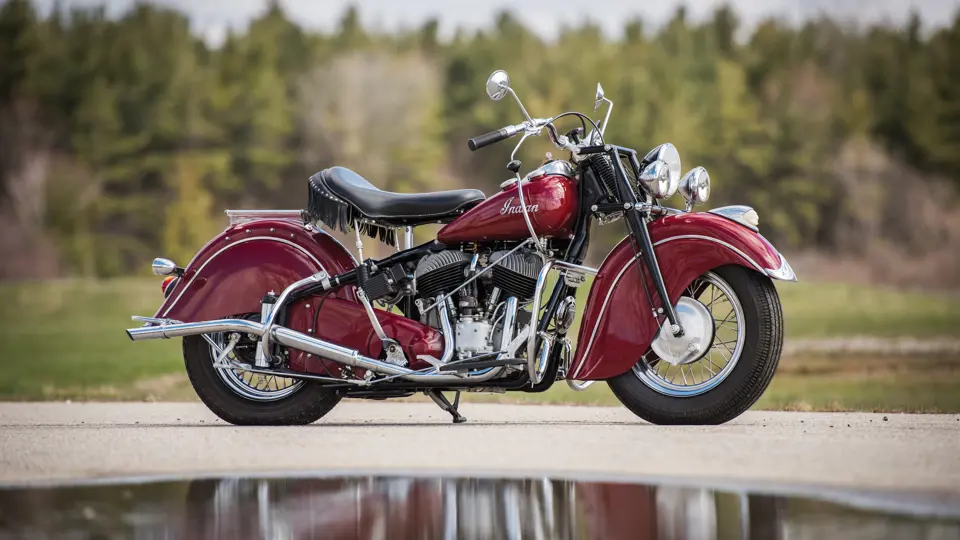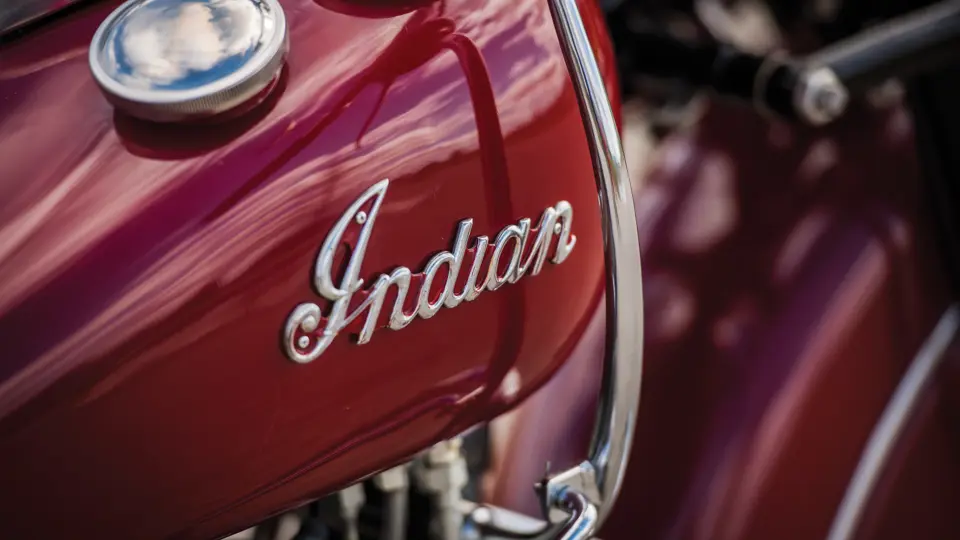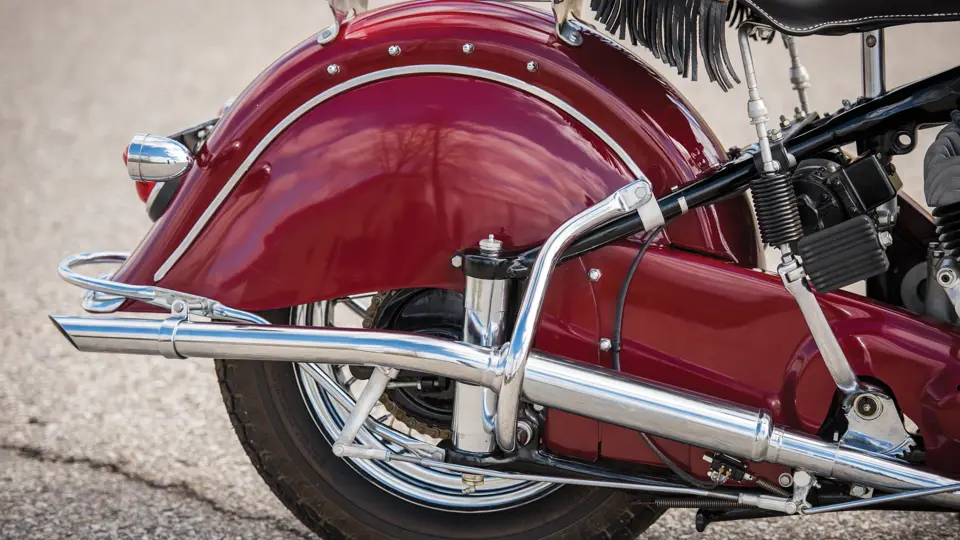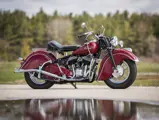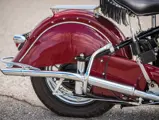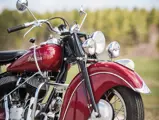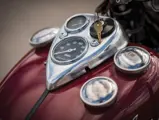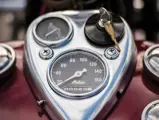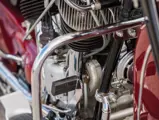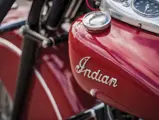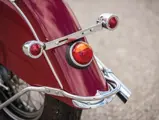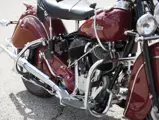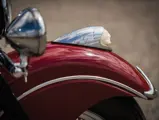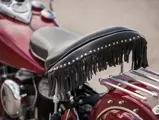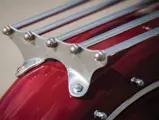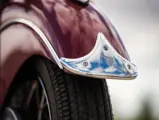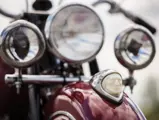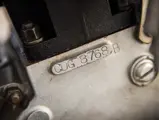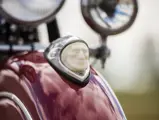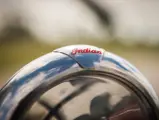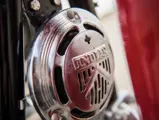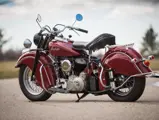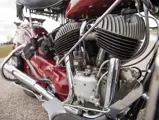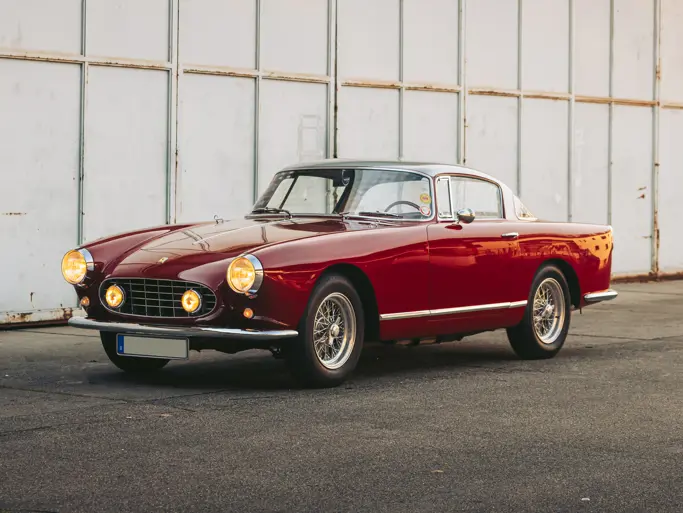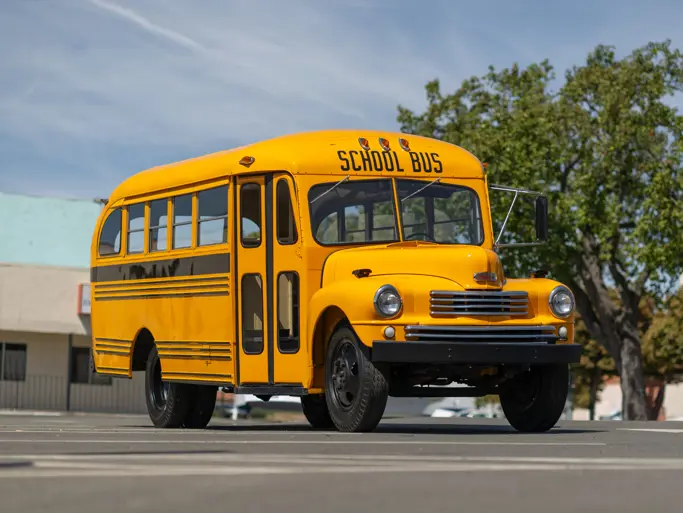Est. 40 hp, 74 cu. in. air-cooled side-valve V-twin engine, three-speed manual transmission, girder front forks, plunger-type rear suspension, and two-wheel drum brakes. Wheelbase: 61 in.
The 1940 model year was significant in the history of Indian motorcycles, with the addition of skirted front and rear fenders on all of its models, a feature that remains emblematic of the Indian line today. Mechanically, the Chief and Four models also received a new frame with an innovative dual plunger-type rear suspension as opposed to the decidedly low-tech unsprung rear wheels and large, low-pressure tires relied upon by Harley-Davidson. Based on a remarkably solid large-tube frame, the updated Indian models continued to build on the marque’s well-deserved reputation for smoothness and excellent handling.
While Indian was ultimately unsuccessful in its bid to become the major supplier of motorcycles to the United States Army, it did supply many military-specification motorcycles to other Allied armies and domestic police departments during World War II. Following the end of hostilities, the Indian model line consisted solely of the V-twin Chief in order to meet the pent-up demand for new motorcycles, as well as to conserve funds for the development of a new model line. In 1945, under a change of ownership led by Ralph Rogers, Indian was purchased from DuPont and they began development on a new line of motorcycles patterned after the popular British singles. Then, in 1948, the historic Springfield, Massachusetts, factory – affectionately known as the “Wigwam” – was closed in favor of a new facility.
This Indian Chief Roadmaster was acquired by the current family in 1975, when the owner’s father purchased the top-of-the-line Roadmaster from Herb Sweet of Chateaugay, New York. At the time, the Indian was described as being in restored condition when Sweet purchased the motorcycle the previous year from Leola A. Vasile in Auburn, New York. According to registration records on file, Vasile appears to have purchased the Indian from Glenn E. Thorpe of Seneca Falls in 1973. After lovingly riding the motorcycle for over 20 years, the Indian was restored once more in 1998 by Rocky’s Antique Cycle Parts in Massillon, Ohio. Work included replacement of the original tires, repair of some minor issues, and painting of the gas tank and fenders. Subsequent to its restoration, the Roadmaster has been maintained and sparingly ridden, and it still presents in excellent condition throughout.
Offered from single-family ownership for the past 40 years, this exceptional 1947 Chief Roadmaster offers the very quality, style, and history that the Indian Motorcycle Manufacturing Company placed its reputation on. It is sure to attract an admiring crowd wherever it is shown and ridden . . . with pride.




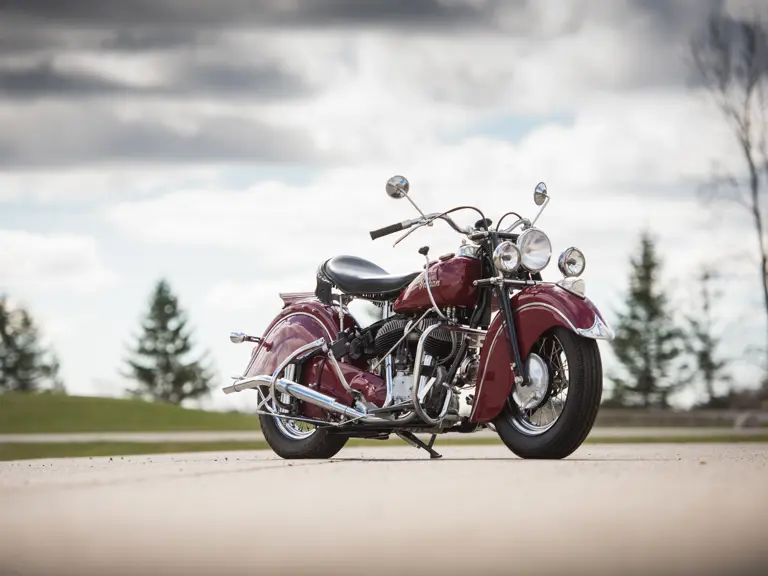
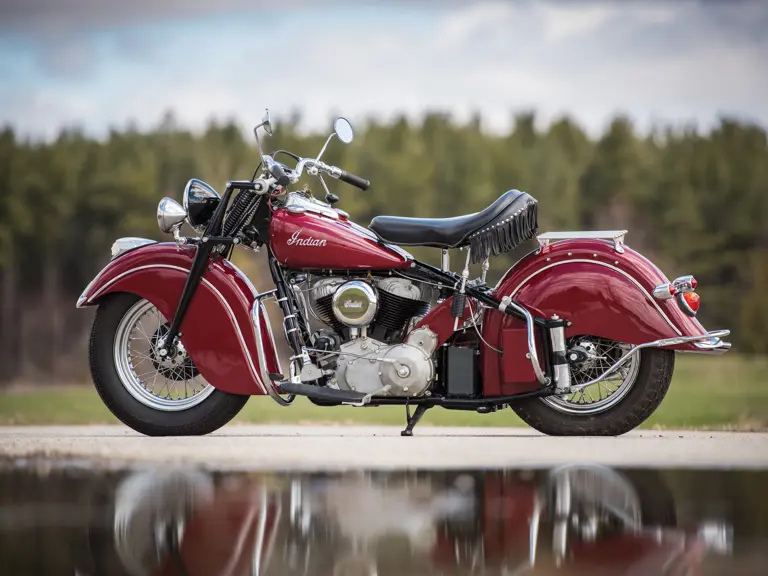
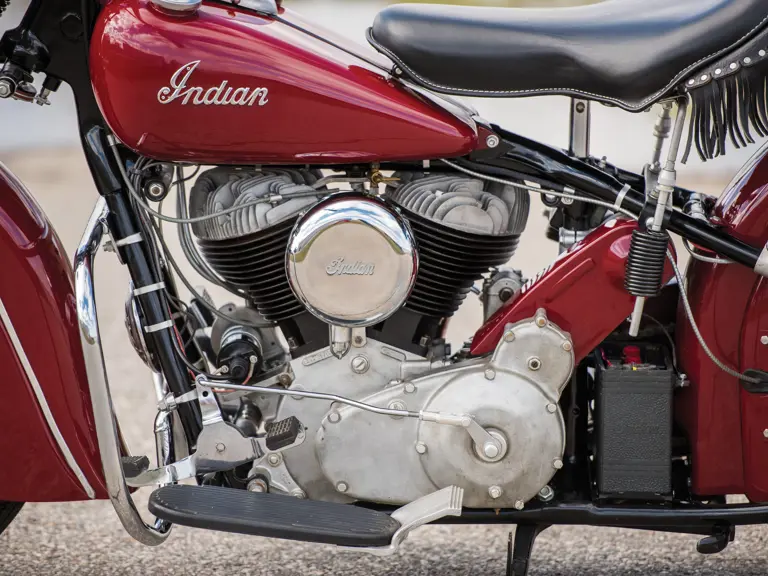
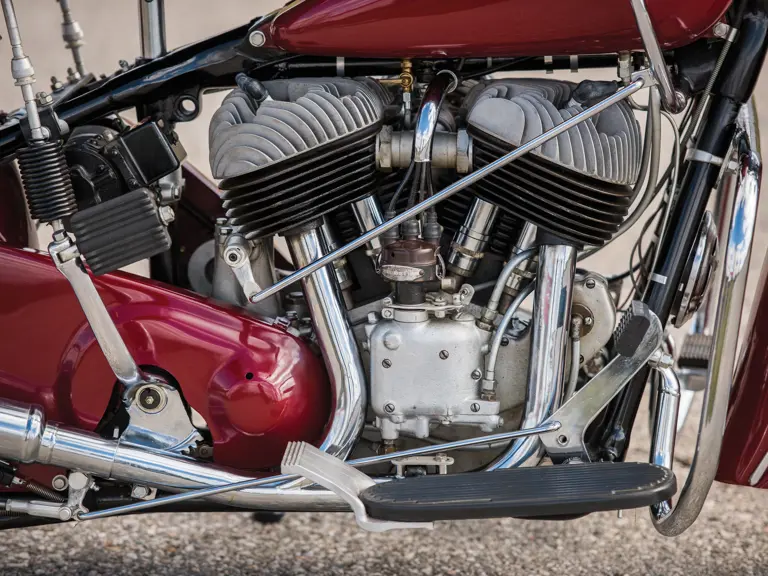
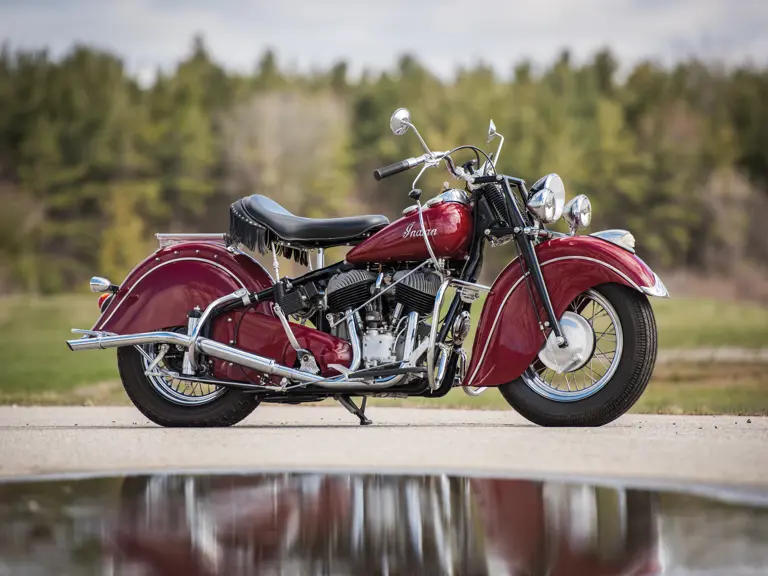

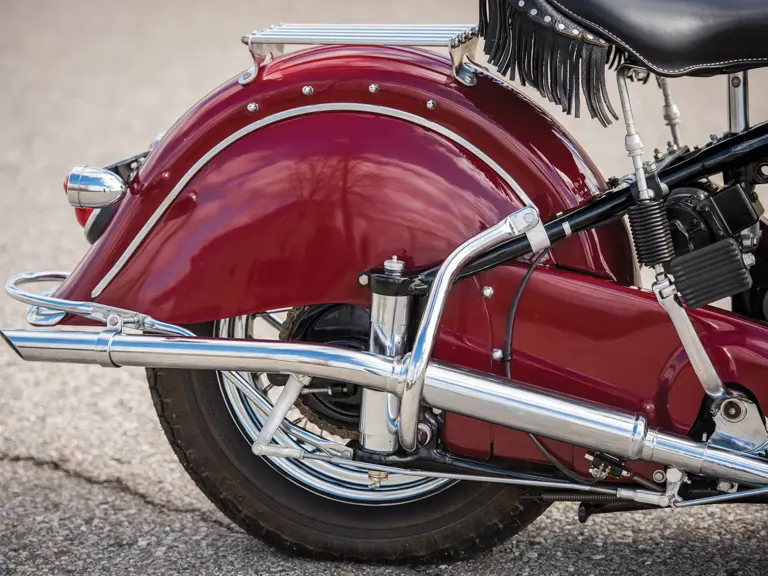
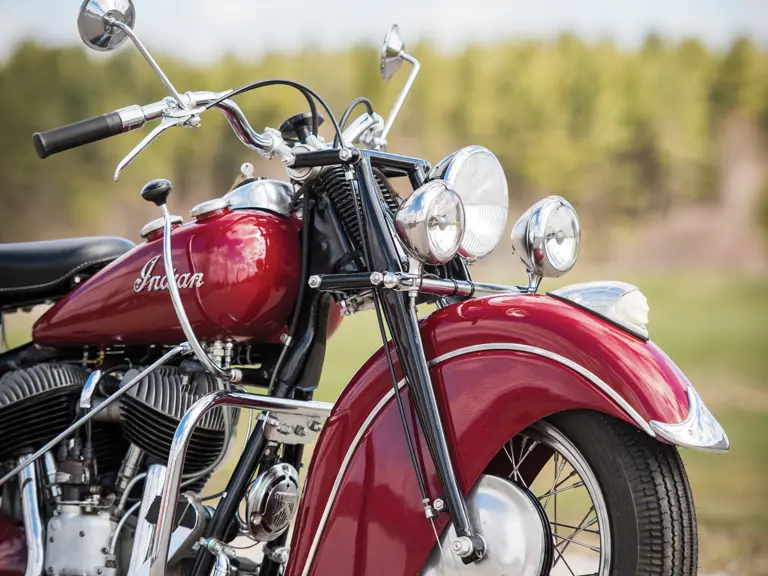
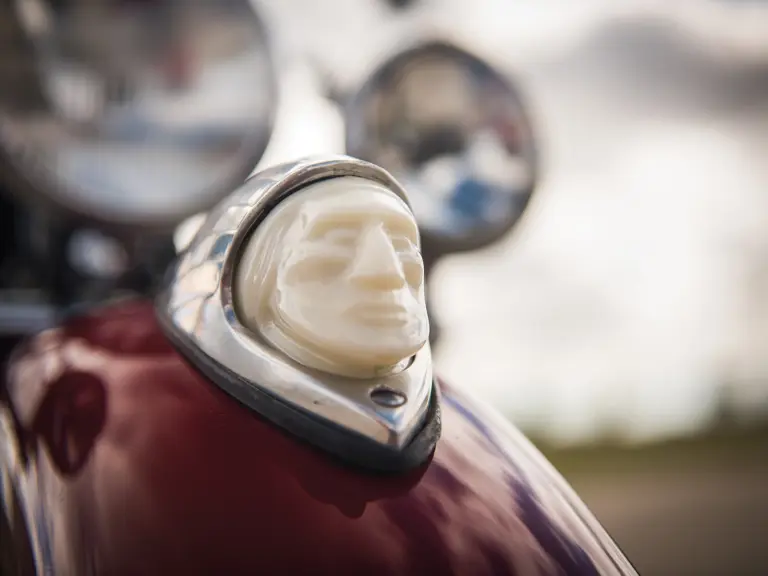
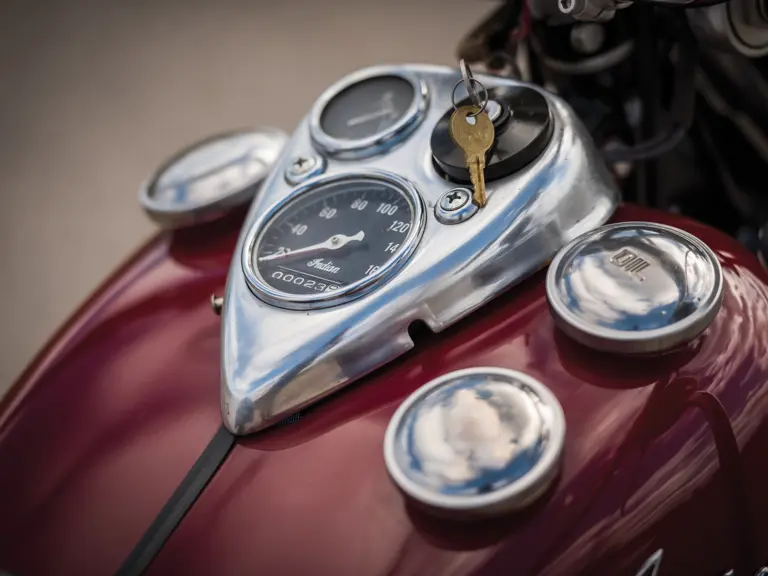
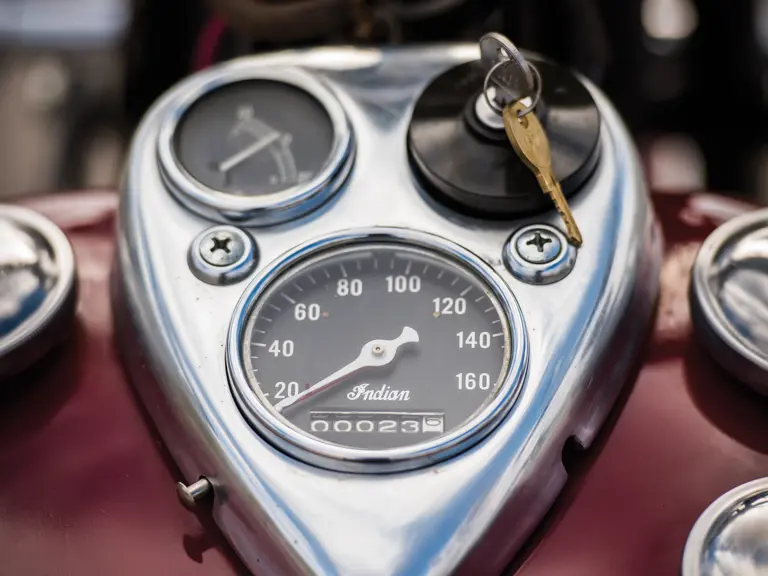
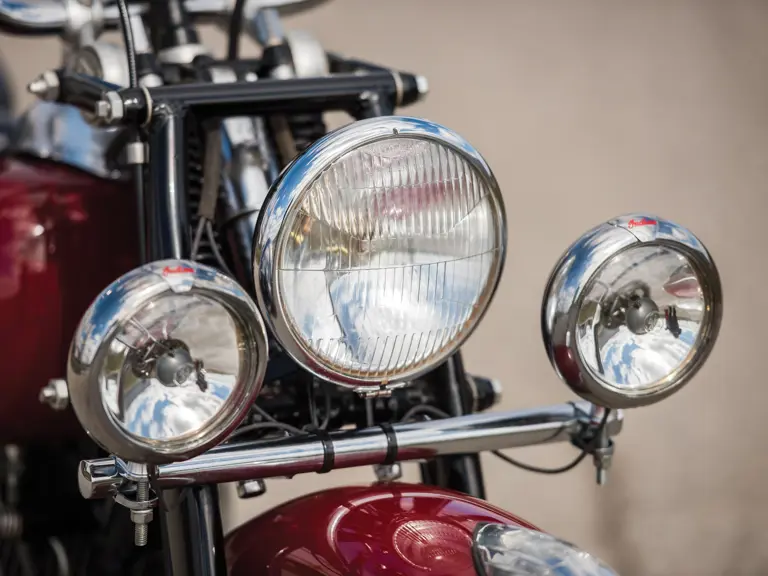
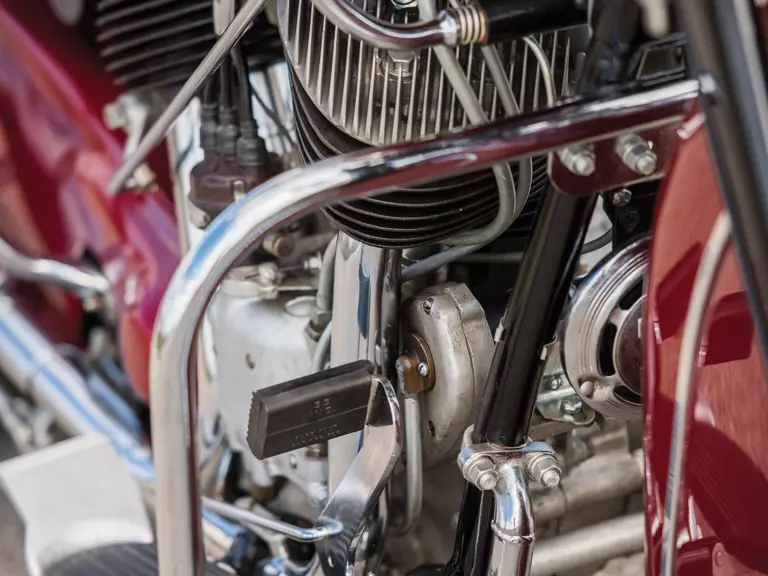


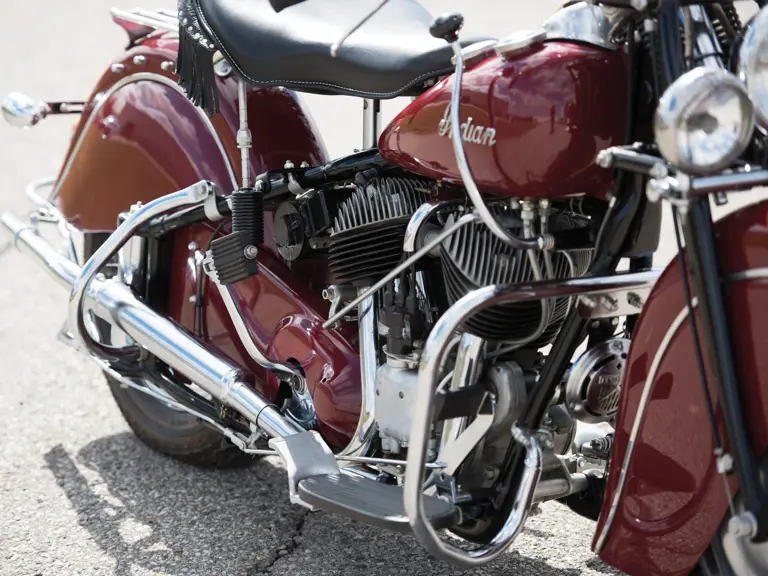
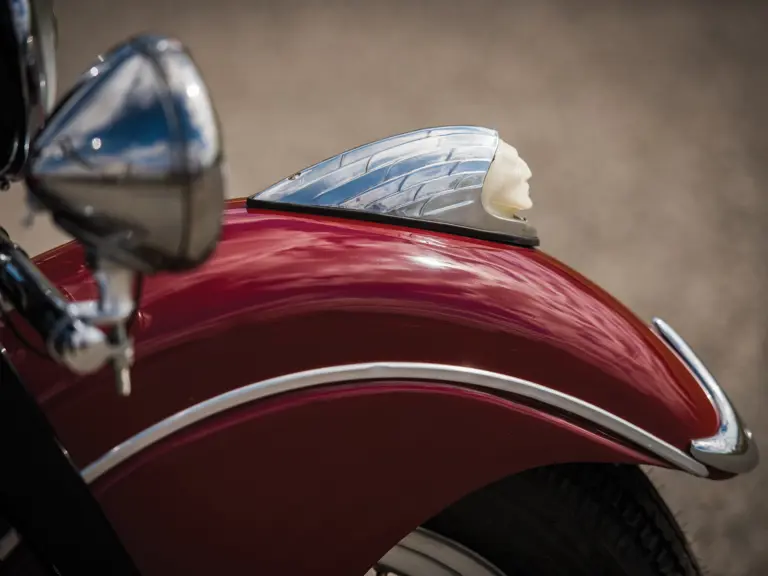
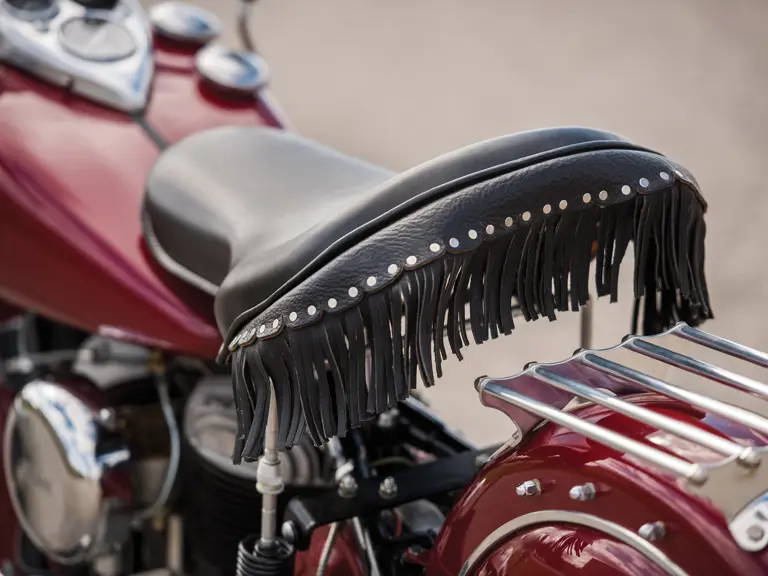

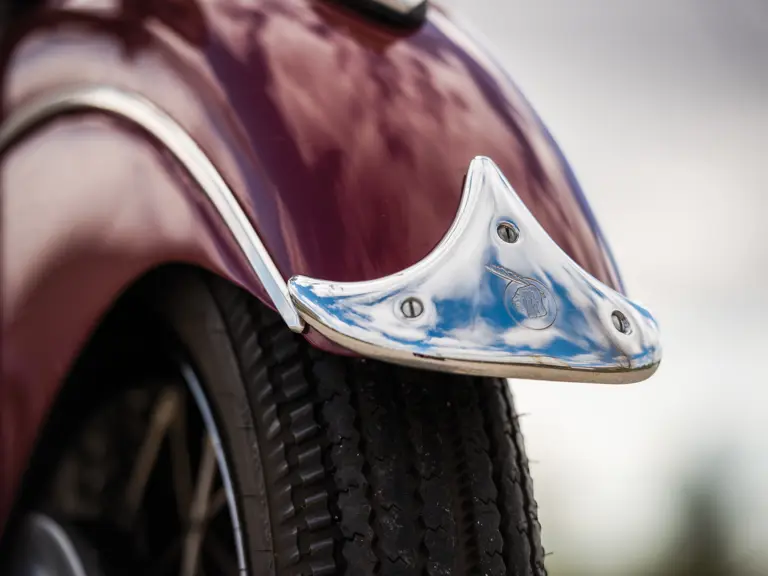
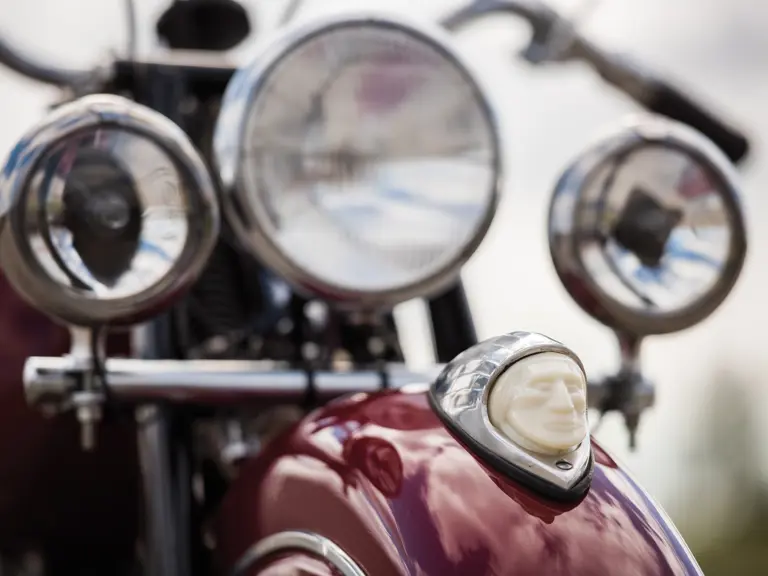

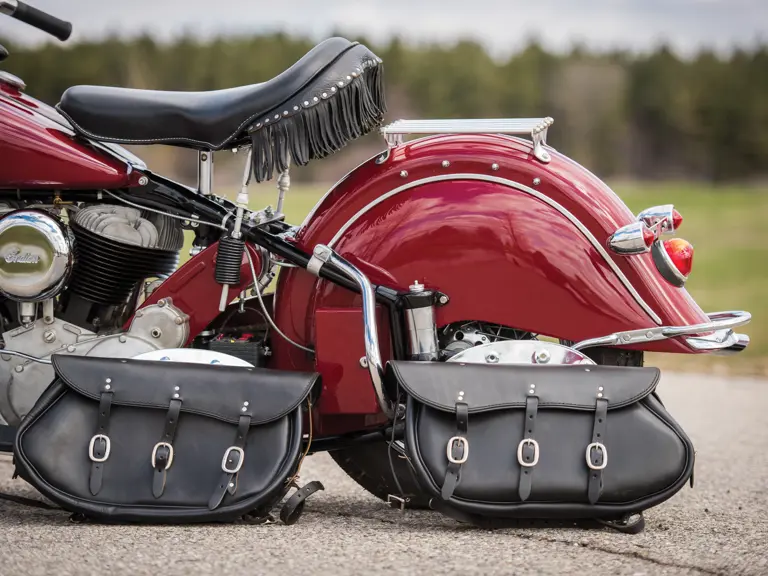
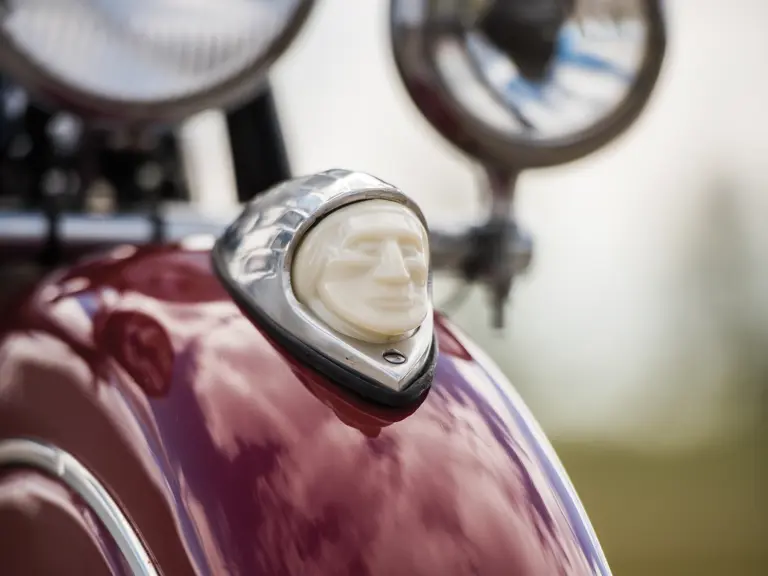


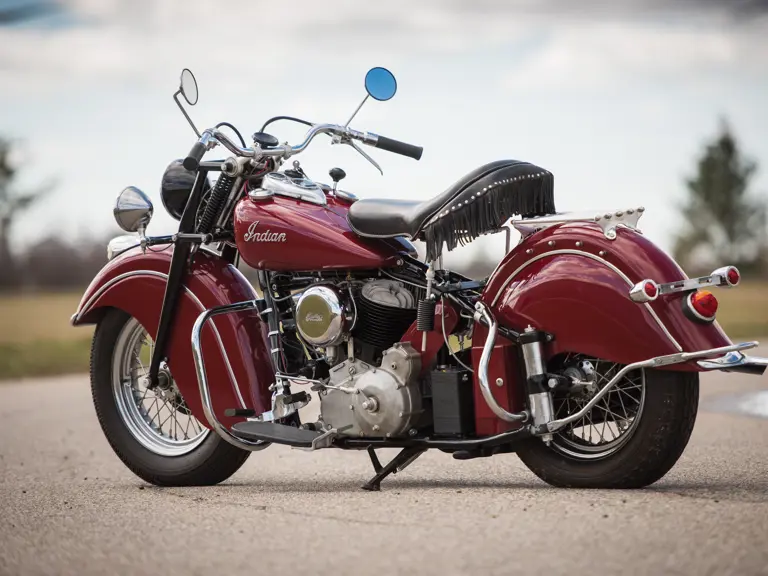
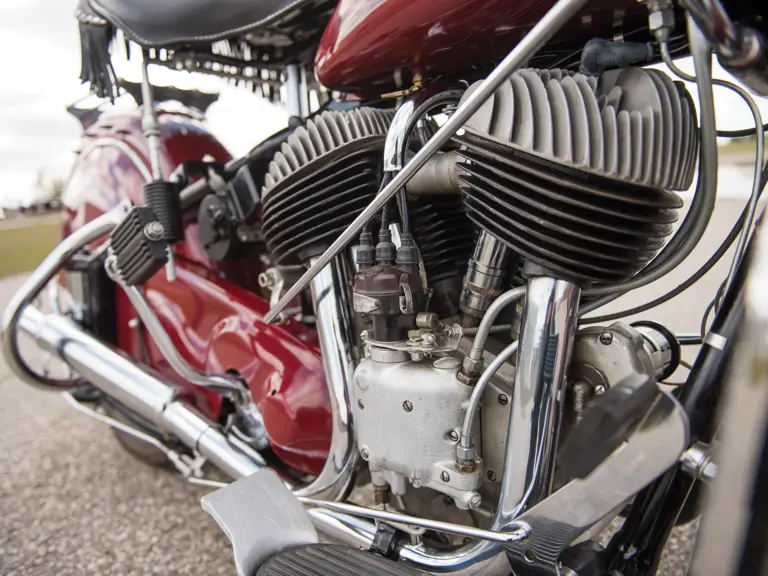

 | Plymouth, Michigan
| Plymouth, Michigan
